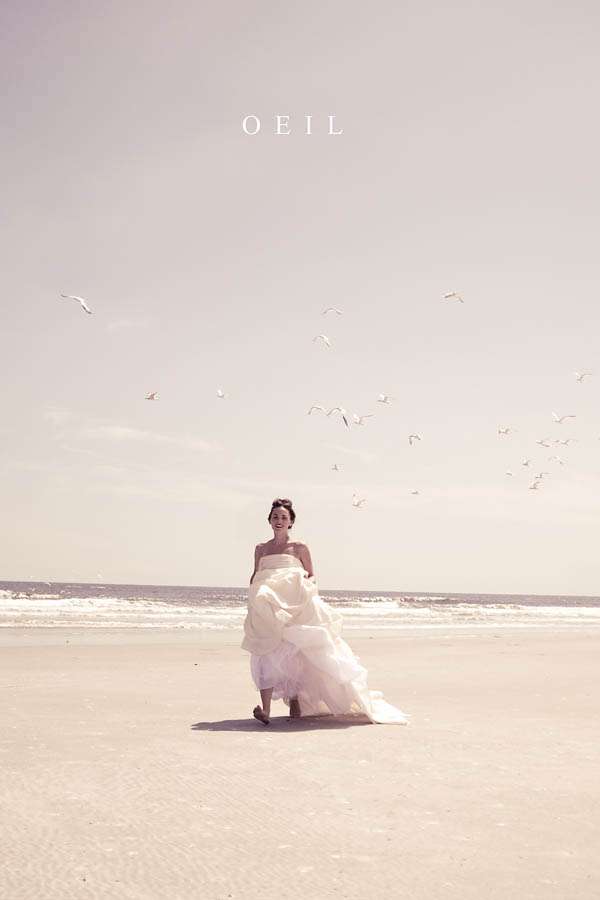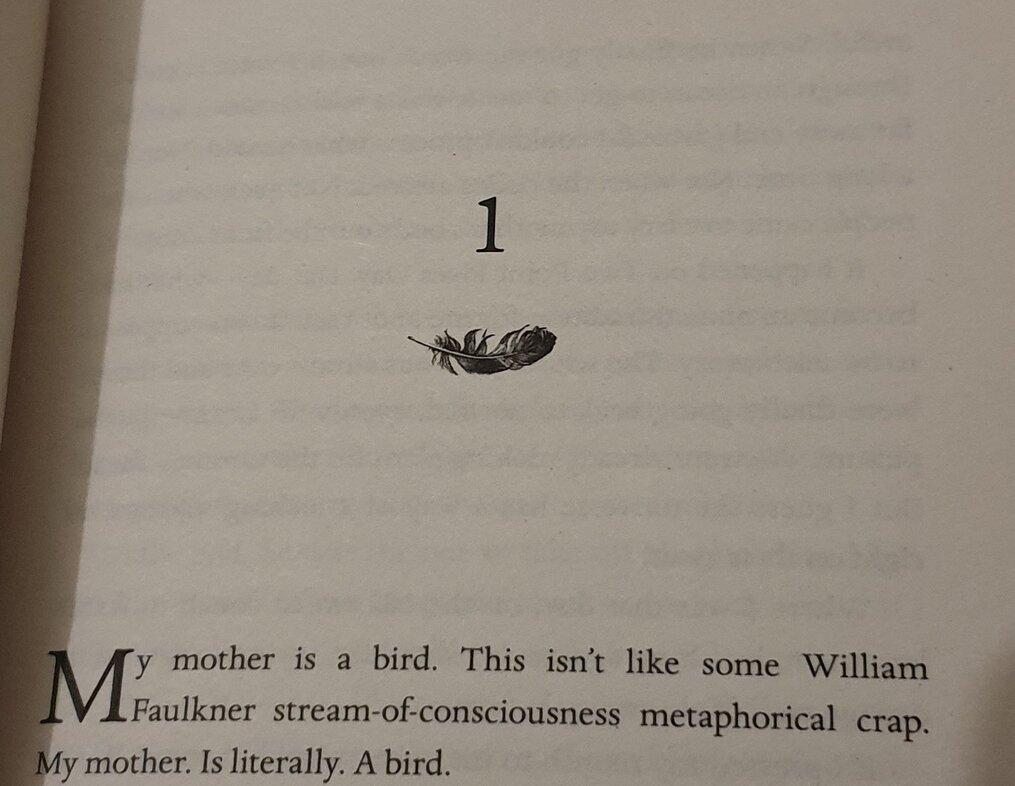

Family factors in big-time to all the dramatic goings-on, from Blanche and Stanley (brother and sister-in-law) to Stanley and Stella (husband and wife) to Stella and Blanche (sisters). Lastly, because this is a play (a drama), it’s all expressed through dialogue and action-and okay, fine, through Williams’s indulgent stage directions. Oh, and Streetcar is a great portrait of social issues in New Orleans (ahem, the South) in the 1940s. Sure, the "supernatural" elements of the play turn out to be only in Blanche's imagination, but that’s the case in many horror movies. All that creepy shadows-on-the-wall voices-in-Blanche’s-head stuff that we talked about also explains the play’s categorization as Southern Gothic. Lastly there’s Social Realism, because of the play’s frank treatment of issues like immigration, class, gender roles, and power plays between women and men. We can also call it Psychological Realism for these same reasons: at times it portrays reality as it exists in the mind, not as it exists objectively. In this case, the fantasy enters the picture when the audience gets to see and hear some of Blanche’s imagined horrors: shadows on the wall, the eerie polka music overhead, the sounds of echoing voices. Realism related to everyday people and was associated with the. First you’ve got Magical Realism, which is a generally realistic setting with some odd fantasy thrown in. Realism represented normal life, with out any super natural or un explainable events occurring. Dang.Ī Streetcar Named Desire is actually realism of several different varieties. Unfortunately, "Super Iconic Sex N' Madness Spectacular" isn't a viable genre. The effect of Gothic fiction feeds on a pleasing sort of terror and fear for the adrenaline junkies (myPerspectives 42).Family Drama, Realism, Southern Gothic, Tragedy It’s origin is attributed to English author Horace Walpole, with his 1764 novel The Castle of Otranto, subtitled ‘A Gothic Story’. Gothic Literature, which is largely known by the subgenre of Gothic horror, is a genre that combines fiction and horror, death, and at times romance. ‘Magical realism’, perhaps the most common term, often refers to fiction and literature in particular (myPerspectives 33). It is sometimes called fabulism, in reference to the conventions of fables, myths, and allegory. Magical realism is a style of writing that paints a realistic view of the modern world while also adding magical elements into the story line. Roderick and his sister are the last of the Usher bloodline, and when they die the house dies with them (GradeSaver).

Roderick has been very sick and he wrote to the anonymous narrator to stay with him before he passes away. The narrator spends some time admiring the amazing qualities of the Usher house.

As our anonymous narrator arrives at the House of Usher, a family home owned by his friend Roderick. This story is an example of Gothic Literature which has a dull and dark feel to it, it introduces a ghostly aspect into the story that gives it the spooky feeling. “The Fall of the House of Usher” is a short story written by Edger Allen Poe. This story is categorized as Magical Realism (myPerspectives 33). The Plot is the storyteller and sister, Irene fear a substance they call ‘they’ which is slowly taking over there house(The Short Story Project). The author put together the house with respect and great detail to immerse the reader into the plot. Among the parts that are visited in the story, realistic signs are used to reflect restrictions on the main characters. The question that is presented around what those substances are can be viewed in a few different ways, and this additionally causes the theme of the story to differ. It begins in a basic way and it gradually presents a scene where the regular laws are twisted. It recounts to the narrative of a sibling and sister living respectively in their home which is being ‘dominated’ by obscure substances. ‘House Taken Over’ is a 1946 short story by Julio Cortázar.



 0 kommentar(er)
0 kommentar(er)
